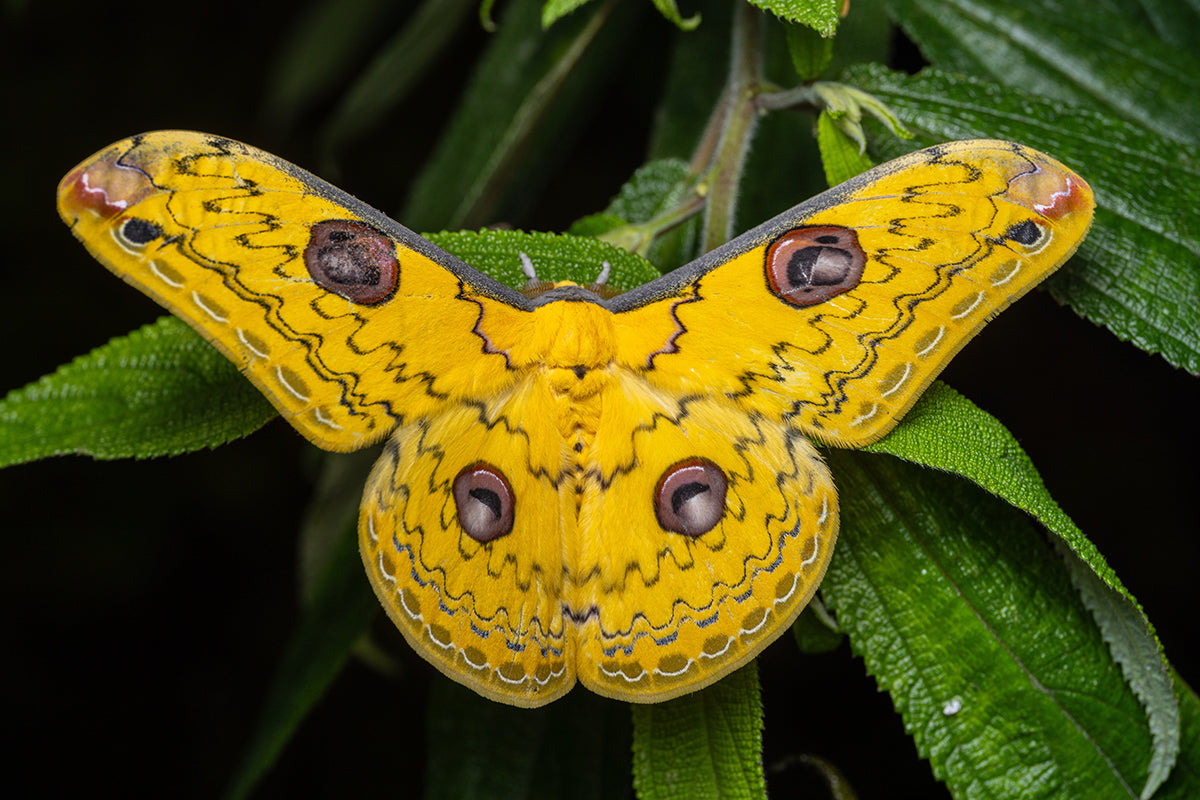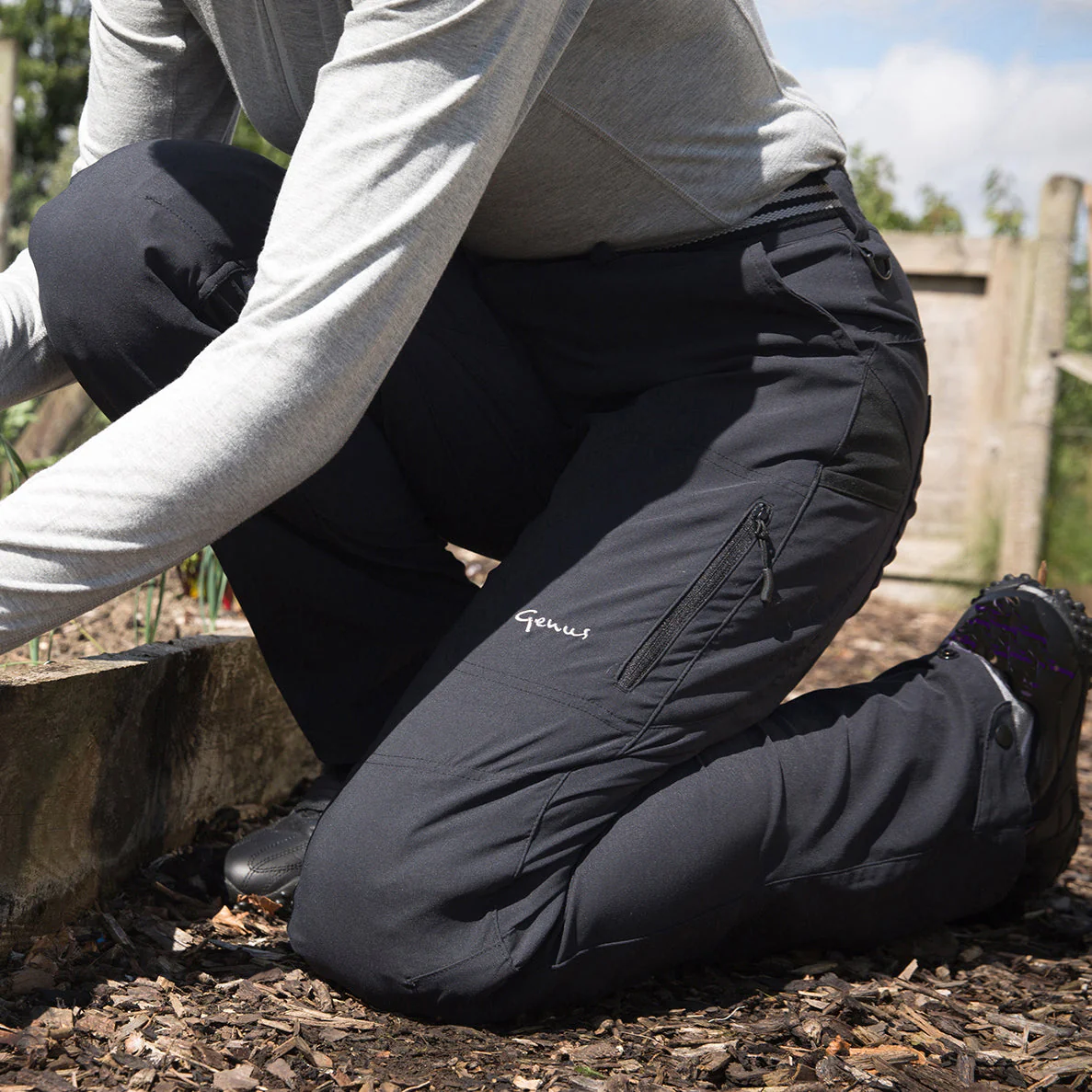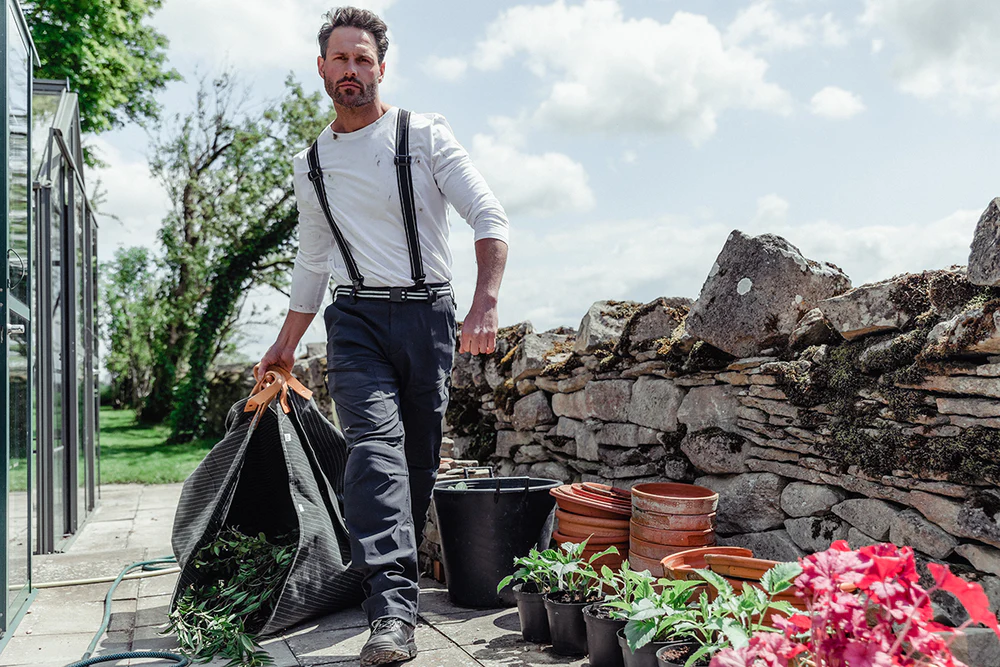Wildlife in the garden - moths

There are over 2,500 species of moth in the UK. Compare that to butterflies with 60 species and you can see the important role moths play in the ecology of the countryside and of gardens as a food source for other creatures and as pollinators. Even a town centre garden will attract a surprising number of moth species. Over a hundred species wouldn’t be unusual for an urban garden.
A wide range of plants offering a food source for both the adults and the caterpillars will ensure a healthy population can exist and is attracted to your garden. Moths are attracted towards plants that flower and release fragrance during nighttime hours. Shelter can be offered by allowing ivy to grow. Evening-flowering species such as honeysuckle, jasmine, evening primrose, and night-scented stock are particularly effective at drawing moths with their rich nectar and especially strong nighttime scents. Day flying moths such as the silver-y, the hummingbird hawk moth, and the cinnabar will also visit buddleja, red valerian, heathers, and verbena species. Take a torch into your garden on a warm summer evening and you’ll see moths hovering over the flowers as they feed on the nectar.
Creating a moth-friendly garden involves more than just nectar sources. Host plants are equally important, as adult moths seek places to lay eggs where their caterpillars can feed. Native trees and shrubs, along with plants like nettles and willows, serve an important role by providing food for the developing larvae. By offering both adult feeding opportunities and breeding habitat you can create an environment where moth populations can increase, adding to the biodiversity of your garden.
To see what moths are present in your garden often involves the use of a light trap. Most counties have a local moth group, many of which will have traps available for loan. Connected to a battery or mains electricity the bulb attracts moths into a box usually filled with old egg boxes where the trapped moths can rest. In the morning the contents of the trap are sorted and the moths identified before being released. Waring and Townsend’s book ‘Field Guide to Moths of Great Britain and Ireland’ is probably one of the best books to start off with for identification purposes.
Butterfly conservation www.butterfly-conservation.org is also a good source of more information and should be able to point you in the direction of a local group of keen moth trappers. The garden moth scheme at http://www.gardenmothscheme.org.uk is a citizen science project with moth recorders situated all around the UK. More than a million records have been submitted making it a valuable resource in monitoring the changes in moth populations.











